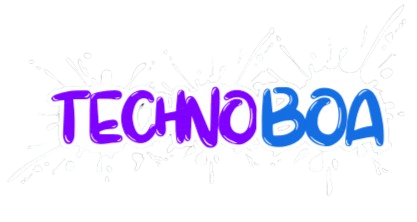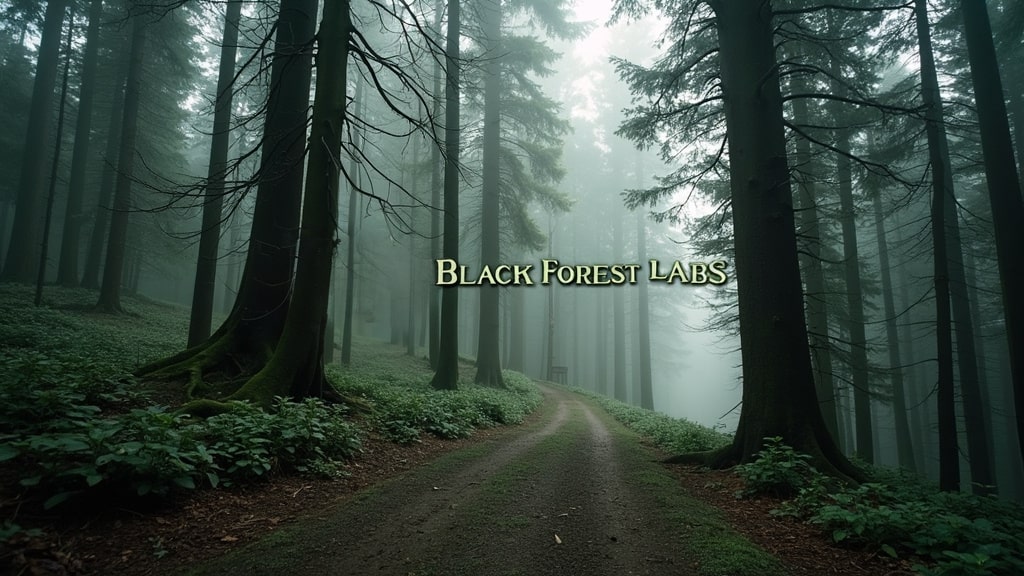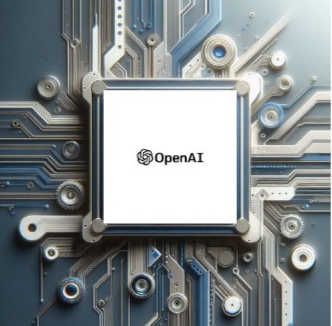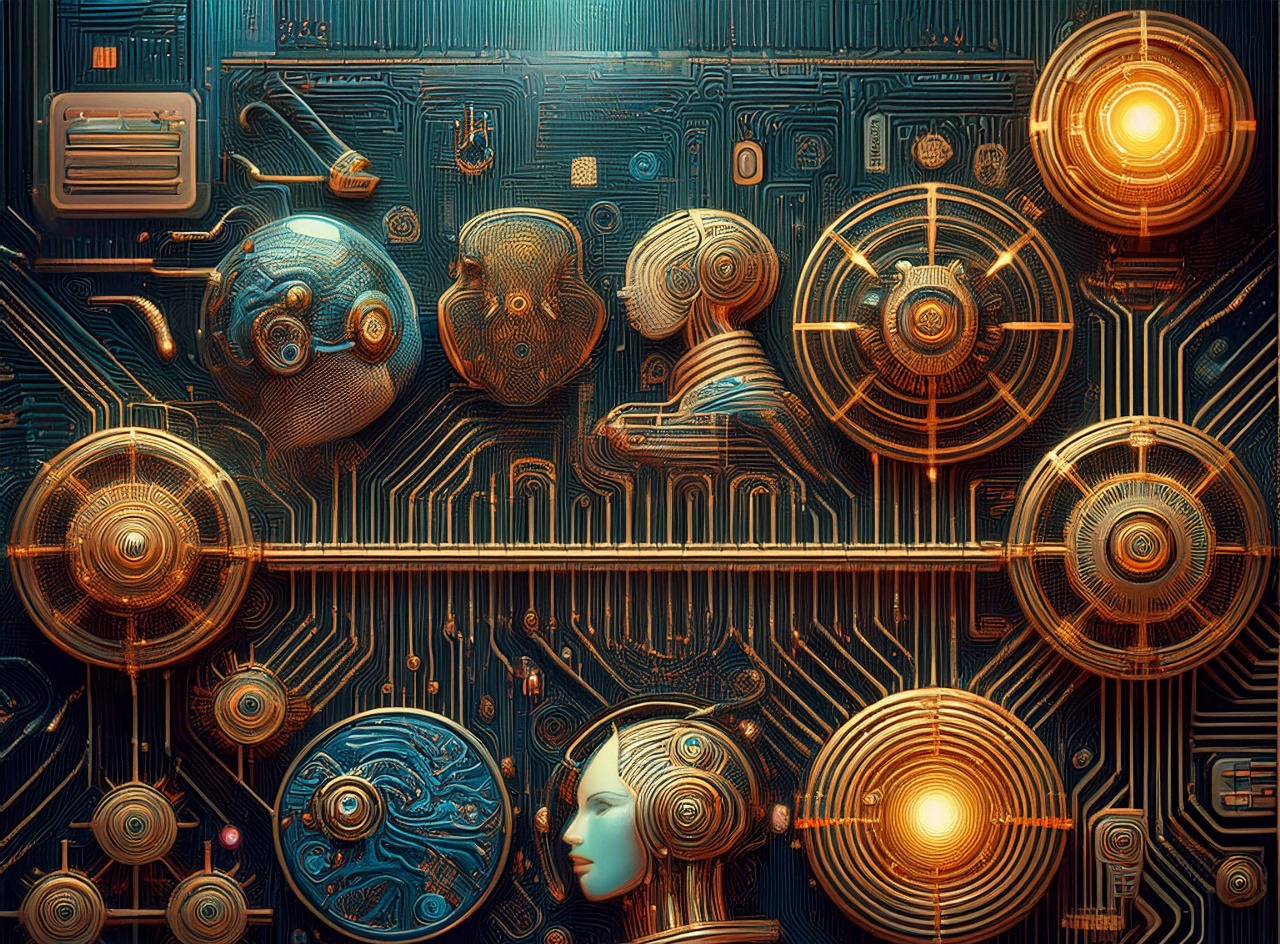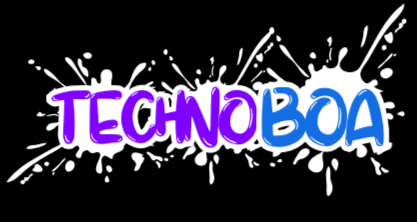Black Forest Labs, the team responsible for creating the revolutionary Stable Diffusion model, recently launched Flux – an avant-garde collection of AI models aimed at transcending the limits of machine-generated images. But does Flux have any significant implications for art in general, and how does it hold up against larger players in this field like Midjourney?
In this article, we will examine whether Flux has anything on Midjourney by analyzing its characteristics, functions, and future implications in terms of AI-generated art.
Beginnings of Black Forest Labs
To appreciate the technical merits of Flux, it is important to first understand the engine behind this innovation. Black Forest Labs is not just an ordinary AI startup. They were responsible for initial advancements in generative AI, and their team consists of members who contributed to VQGAN, Latent Diffusion, and the Stable Diffusion family. Their recent Series Seed fundraising of $31 million, facilitated by Andreessen Horowitz, has further strengthened their position at the apex of artificial intelligence research. Black Forest Labs endeavors to develop cutting-edge generative models that transform media production, with a particular emphasis on images and videos.
The Flux Model Family
The new generation of digital images from text is elevated by the FLUX.1 collection, introduced by Black Forest Labs. It emphasizes picture quality, compliance with prompt directions, variation in style, and complexity.
The following are the three principal variants of the Flux model family:
FLUX.1 [pro]: The most advanced model among its peers, boasting unparalleled performance characterized by exceptional visual quality, adherence to prompted commands, and diversity of outputs. It is also accessible through an API for professionals and corporate entities.
FLUX.1 [dev]: A guidance-distilled model made publicly available without attached weights. It maintains the same standard of visual detailing but operates much more efficiently.
FLUX.1 [schnell]: The fastest among them all, best suited for local development or private assignments. The program is under an Apache 2.0 license, allowing free access to everyone interested.
To illustrate FLUX.1’s capabilities, here are some creative prompt examples:
1.”An AI wearing a racing helmet , speeding down a highway on a skateboard, leaving a trail of glitter.

Open source: FLUX.1 [PRO]
2.“A dinosaur riding a tiny bicycle through a busy city street, wearing a top hat and monocle.”[Dev]

Open source: FLUX.1 [DEV]
3. “A cute cat holding a sign that says hello Technoboa fans”

Open source: FLUX.1 [schnell]
Technical Performance of Flux

Source: Black forest labs official website
Several technical innovations underpin Flux’s remarkable performance, distinct from earlier iterations:
Models Based on Flow Dynamics Powered by Transformers: Flux models rely on a mixed architecture that includes both multimodal and parallel diffusion transformer blocks, scaled up to a whopping 12 billion parameters each – setting a new benchmark in terms of model dimensions and intricacy.
Flow Matching: This novel approach provides increased model flexibility and efficiency through a single infrastructure for generative modeling.
Using Rotary Positioning and Parallel Attention Layers: These methods enhance the model’s spatial relationships, producing more coherent images.
Scaling Up to 12 Billion Parameters: This vastness allows the generation of more complex patterns, leading to refinements in image quality and variety.
Benchmarking Flux: A New Standard in Image Synthesis

Source: Black forest labs official website
Black Forest Labs contends that FLUX.1 comprehensively eclipses widely-used models, including Midjourney v6.0, DALL•E 3 (HD), and SD3-Ultra, in several aspects:
- Visual Quality: Flux strives for higher fidelity, more realistic details, and enhanced aesthetics overall.
- Prompt Adherence: Designed to closely follow text prompts, images produced by FLUX may reflect user intentions with higher accuracy.
- Size/Aspect Variability: Supports various aspect ratios and resolutions, allowing flexibility across diverse applications.
- Typography: Improved text rendering capabilities, a key challenge for models that convert words to images.
- Output Diversity: Maintained pretraining output variability fine-tuned to provide a greater range of creative possibilities for its users.
A Comprehensive Comparison of Flux and Midjourney
Let’s evaluate their comparison across several perspectives:
- Image Quality: Both models produce high-quality images. However, while Midjourney has an artistic touch, Flux’s modern design could be equal or even surpass Midjourney, depending on the use case.
- Prompt Adherence: Flux’s accuracy in following prompts may give it an upper hand compared to Midjourney, which does not always strictly adhere to this principle.
- Speed and Efficiency: Midjourney is known for fast generation times, but FLUX.1 [schnell] is designed to compete on speed.
- Accessibility: Midjourney’s integration with Discord and user-friendly interface make it appealing to many creators. Flux, being open-source with diverse models, might offer higher customizability.
- Technical Capabilities: Flux can manage sophisticated prompts, designed with advanced architecture to generate more detailed images compared to Midjourney.
Practical Applications of Flux
Flux’s flexibility allows it to be applied in various contexts:
- Creative Domains: Use Flux to create concept art, mood boards, or visual inspiration.
- Marketing and Advertising: Rapidly produce tailored images for specific campaigns.
- Game Development: Use Flux toolkits for fast prototyping of environments, characters, and assets.
- Architecture: Generate realistic renderings of buildings from text prompts.
- Education: Enhance textbooks with custom visual aids created using Flux.
- Film and Animation: Utilize Flux in previsualization processes for scenes or characters.
The Future of Flux and AI-generated Art
According to the roadmap provided by Black Forest Labs, an exciting future lies ahead for Flux:
- More Seamless Integration: Smoother workflows between generating images from texts and videos from texts.
- Better Customization: Increased control over generated content.
- Real-Time Generation: Create images instantaneously.
- Cross-modal Creation: Create and manipulate content across various communication forms.
- Ethical AI Growth: Focus on responsible and fair AI development.
Final Thoughts: Is Flux superior than Midjourney?
Comparing Flux and Midjourney depends on your specific needs. Flux offers more sophisticated infrastructure, better prompt adherence, and flexibility as an open-source model. However, Midjourney remains a favorite among many for its ease of use and proven track record. Ultimately, the choice between the two often comes down to personal preference and the distinct advantages each system offers.
